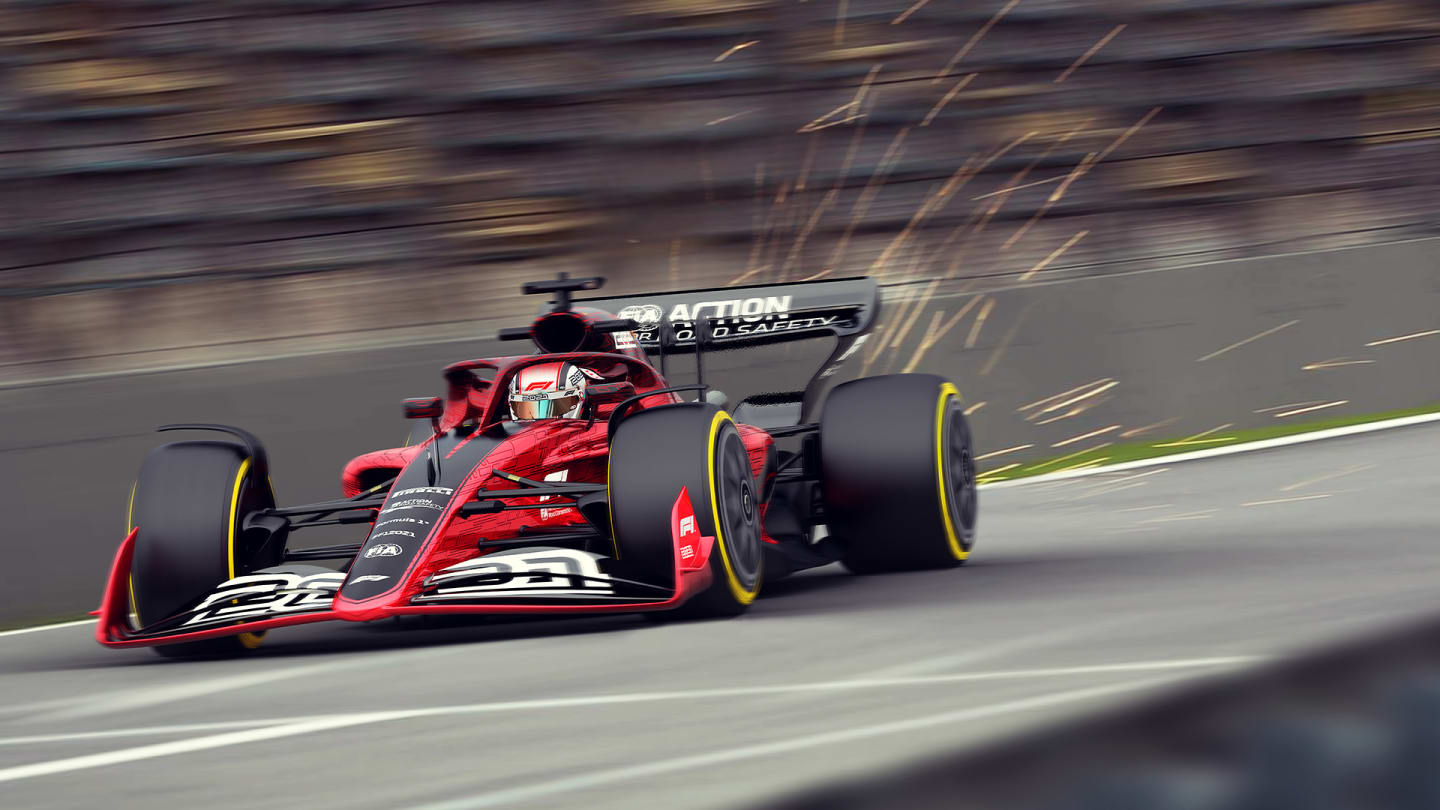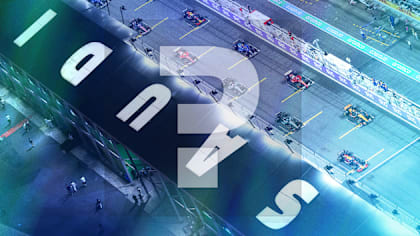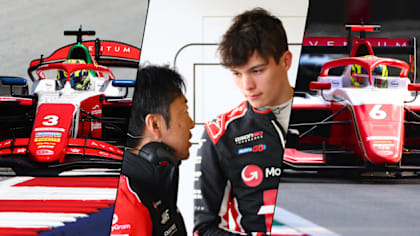
Feature
ANALYSIS: What the 2021 rules delay means for F1
Share

There was a consensus among F1, the FIA and all 10 teams when they joined a conference call to discuss the 2020 calendar, in light of the coronavirus pandemic – and the prospect of delaying the 2021 technical regulations. So where are we at?
READ MORE: FIA announce new F1 regulations to be delayed until 2022
The 2020 technical rules are carried over into 2021
The intricacies still need to be hammered out, but in essence, the technical rules the 10 teams abide by this year will carry over into next season.
As part of this agreement, teams are required to use their 2020 chassis in 2021 as well. The hope is this will aid the teams who are hit hardest financially by the delay to the start of this season or the possibility of fewer races in this campaign, which directly impacts their income.
Sticking with the 2020 chassis does raise an interesting challenge for McLaren, who are set to switch from Renault to Mercedes power for 2021.
Each manufacturer’s power unit has a very different architecture, so it’s not as simple as taking a Renault out and plugging a Mercedes in.
McLaren will have been planning to integrate the Mercedes engine into their 2021 car, which will naturally have a very different layout given the regulation overhaul. Changing tack to make it work with their 2020 car will likely have cost implications.
2021 F1 RULES: Everything You Need to Know
What about the new financial regulations?
The new financial regs will still be put in place for next year. The budget cap of $175m – which covers expenditure that relates to car performance – will come into force in 2021, as planned.
Teams will in theory be required to develop their 2022 cars – under the new regulations – within the budget cap framework.
READ MORE: 10 ways the new rules will improve F1
This should have a greater impact in levelling the playing field, ending the growing financial gap between F1’s big spenders and those with fewer resources, ideally positively impacting the on-track differential.
)
What about this year’s calendar?
Earlier on Thursday, it was announced the Dutch and Spanish Grands Prix been postponed, while the Monaco Grand Prix has been cancelled, bringing the total number of postponements so far to seven, from a calendar of 22.
The aim is to get the campaign under way as soon as it is safe to do so, with the move to bring the summer shutdown forward to the spring a bid to open up some space to reschedule some of the postponed races.
READ MORE: Ferrari's Binotto on the coronavirus, Vettel's contract and the SF1000
During the meeting on Thursday, the teams expressed their support for F1 and the FIA’s efforts to restructure the calendar, which essentially means they accept the calendar will become more congested, with smaller gaps between Grands Prix.
It’s a tricky balance, because the teams rely on the Grands Prix to receive financial income which is critical to their budgets but they have also got to manage the demanding workload placed on their travelling race team staff.
The new rules by those who shaped them
What does this mean for 2021 pre-season testing?
This remains a topic for discussion, as the necessity for pre-season testing is reduced given the teams will have the run those cars for several races and have a very good understanding of how they work.
NEW F1 RULES: The Key Changes Explained
One option would be to use the test to run younger drivers, allowing teams to give the reserve and development drivers some valuable time in the car to help them give better feedback when they test parts in the simulator.
Further talks are planned in the coming weeks and months to discuss ways to secure further cost savings.
YOU MIGHT ALSO LIKE
News ‘I was very proud on the pit wall’ – Stella recalls crucial moment of teamwork between Norris and Piastri’s Race Engineers in Jeddah
Podcast BEYOND THE GRID: McLaren chief Piers Thynne on the team’s championship transformation and life at Woking
FeatureF1 Unlocked THIS WEEK IN F1: 10 tough quiz questions on the Saudi Arabian Grand Prix
News 'It's impressive and exciting' – Team principals laud F1's motorsport ladder for preparing rookies




